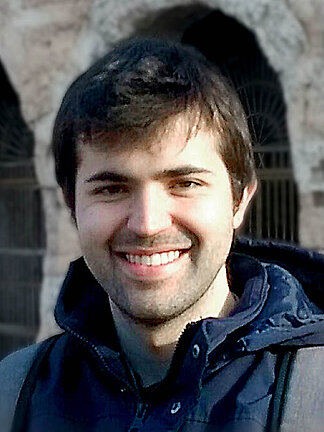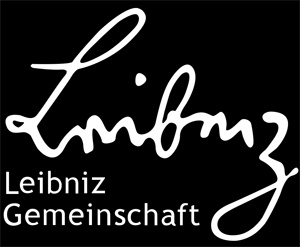Young careers at IKZ
Scientific careers
The IKZ provides high-level education with a deep understanding of scientific concepts, essential to be competitive in the academic world. On the other hand, the IKZ offers possibilities for students and young scientists to broaden their field of expertise and develop various skills to pursue alternative career paths successfully. In the following, PhD students and PostDocs introduce themselves and describe their fields of research and interests that they engage in at IKZ.
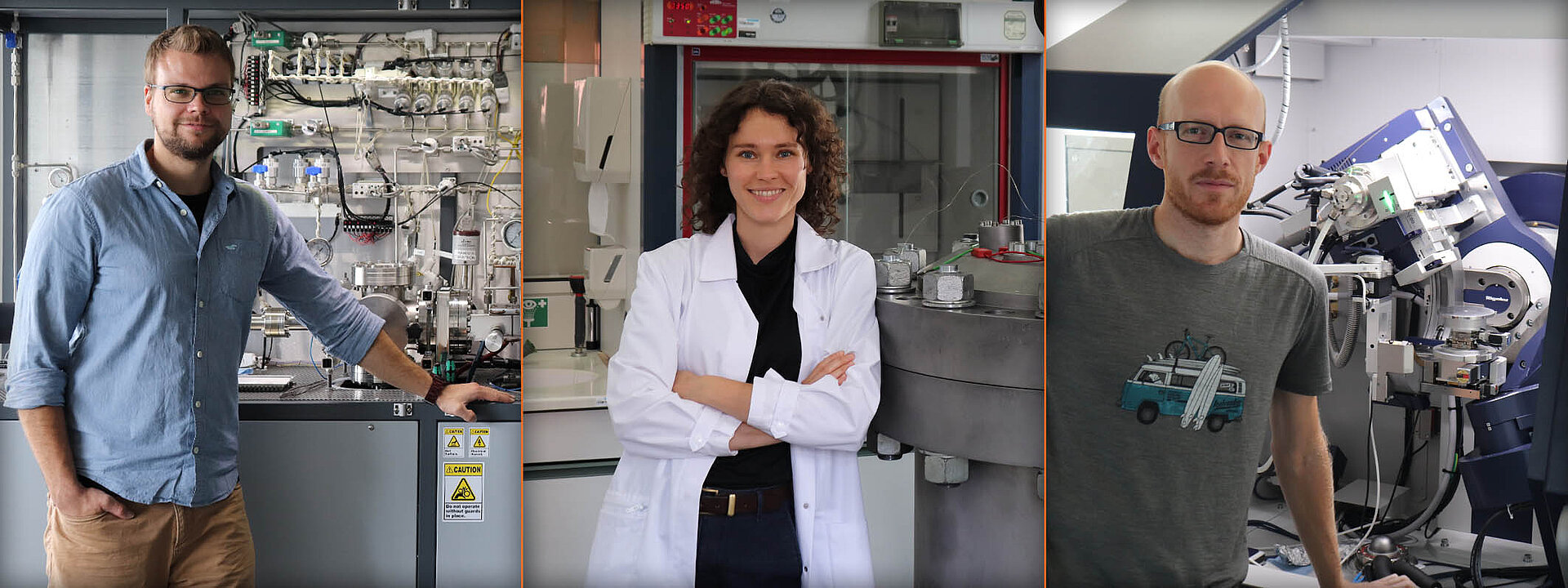
Our young scientists
Ta-Shun Chou
Ta-Shun received his bachelor degree in materials science and chemistry at National Tsing Hua University in Taiwan. After his master studies at University Erlangen-Nuremberg, he joined Cynora GmbH as a Senior Process Engineer.
During his Ph.D. project, he aims to develop a MOVPE process of homoepitaxially grown ß-Ga2O3 for the industrial applications. He had implemented machine learning technique to accelerate the process development and had developed specific algorithm combining reflectance spectroscopy to in-situ monitor the growth process.
If you are interested in his research, please visit his research gate website or contact him on LinkedIn.
Section: Thin Oxide Films / Junior Research Group "Epitaxy of semiconducting Gallium Oxide"
ResearchGate: researchgate.net/profile/Ta-Shun-Chou
LinkedIn: linkedin.com/in/ta-shun-chou/
T.-S. Chou, P. Seyidov, S. Bin Anooz, R. Grüneberg, T. Thi Thuy Vi, K. Irmscher, M. Albrecht, Z. Galazka, J. Schwarzkopf, A. Popp
Fast homoepitaxial growth of (100) β-Ga2O3 thin films via MOVPE process
AIP Adv. 11 (2021) 115323
https://doi.org/10.1063/5.0069243
T.-S. Chou, S. Bin Anooz, R. Grüneberg, K. Irmscher, N. Dropka, J. Rehm, T.T.V. Tran, W. Miller, P. Seyidov, M. Albrecht, A. Popp
Toward Precise n-Type Doping Control in MOVPE-Grown β-Ga2O3 Thin Films by Deep-Learning Approach
Crystals. 12 (2022) 8
https://doi.org/10.3390/cryst12010008
S. Bin Anooz, R. Grüneberg, T.S. Chou, A. Fiedler, K. Irmscher, C. Wouters, R. Schewski, M. Albrecht, Z. Galazka, W. Miller, J. Schwarzkopf, A. Popp
Impact of chamber pressure and Si-doping on the surface morphology and electrical properties of homoepitaxial (100) β-Ga2O3 thin films grown by MOVPE
J. Phys. D. Appl. Phys. 54 (2021) 034003
https://doi.org/10.1088/1361-6463/abb6aa
K. Tetzner, K. Egbo, M. Klupsch, R.-S. Unger, A. Popp, T.-S. Chou, S. Bin Anooz, Z. Galazka, A. Trampert, O. Bierwagen, J. Würfl
SnO/β-Ga2O3 heterojunction field-effect transistors and vertical p–n diodes
Appl. Phys. Lett. 120 (2022) 112110
https://doi.org/10.1063/5.0083032
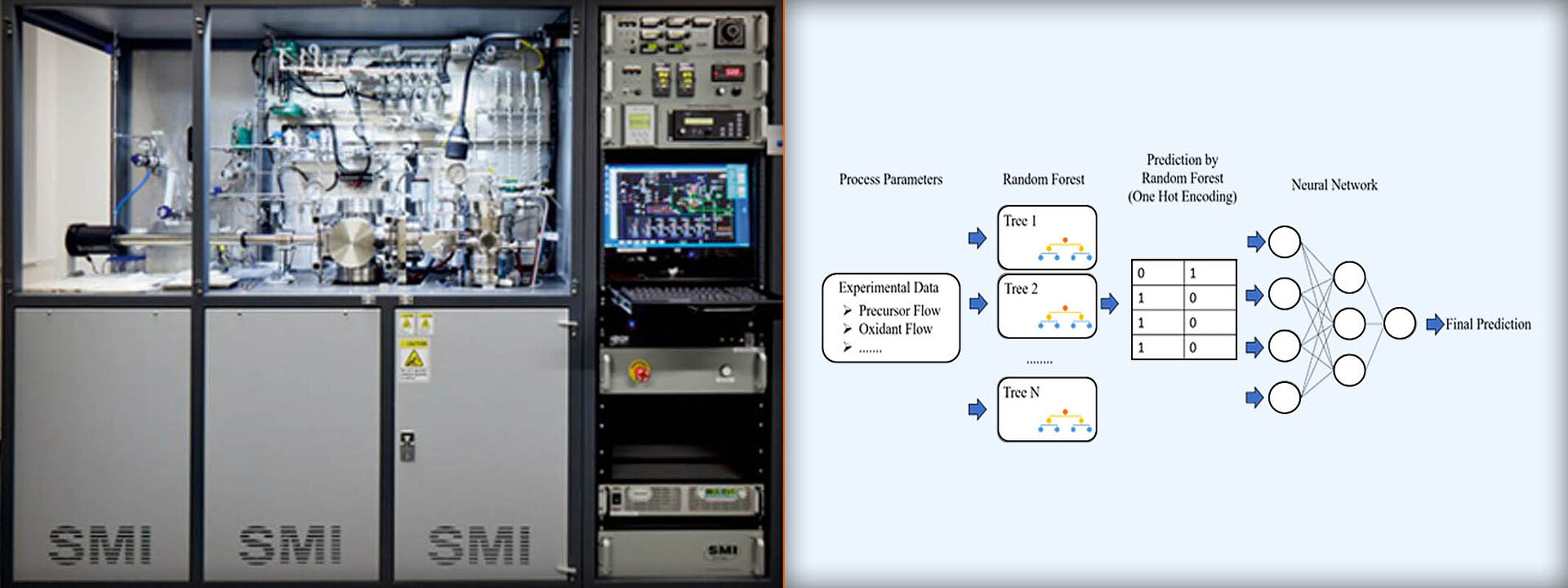
Contact
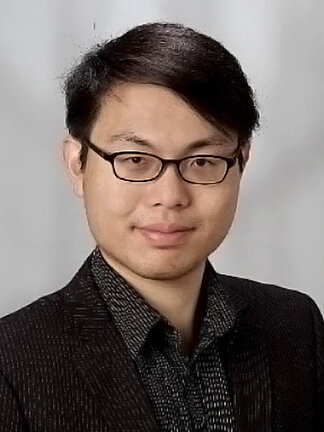
Pradeep Chandra Palleti
After finishing his studies in crystalline materials at University of Freiburg, he started working at the IKZ on high purity germanium for gamma radiation detectors. HPGe is the best material due its purity and the fact that it has less electrical active defects than any other solid material. He has been working on reduction of germanium dioxide to germanium. The germanium obtained from reduction is zone refined to remove the impurities and HPGe crystals were grown using Czochralski method. Electrical resistivity, Hall effect measurements on HPGe crystals (20-300K), PTIS(7K), etch pit density analysis, and carrier lifetime measurements with MDP were performed to understand the electrical properties of HPGe. He is proud to be a member of the LEGEND collaboration.
Section: Semiconductors, Group: Cz-IV
LinkedIn: linkedin.com/in/pradeep-chandra-palleti
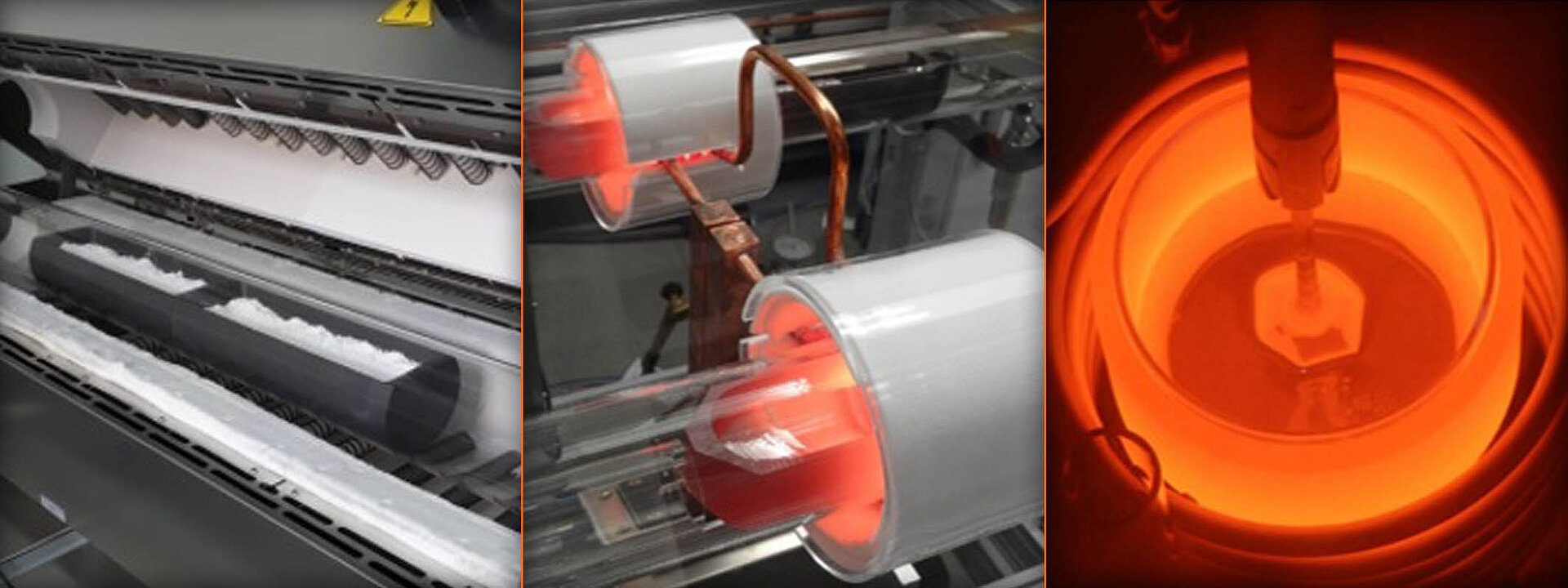
Contact
No news available.Lucas Vieira
Lucas holds a double degree in Mechanical and Materials Engineering from a Franco-Brazilian cooperation program. During his master thesis, he developed a finite element model of the quench phenomenon in superconducting magnets for particle accelerators. His experience with multiphysics simulations is now in use at the IKZ for modelling Si growth via the Float Zone method. Once robust and validated models are obtained, they will be used to train Neural Networks and optimize growth parameters. Machine learning is expected to significantly help overcome current challenges in growing 8-inch Float Zone Si crystals.
Section: Fundamental Description / Numerical Simulation
LinkedIn: linkedin.com/in/lrvieira/en
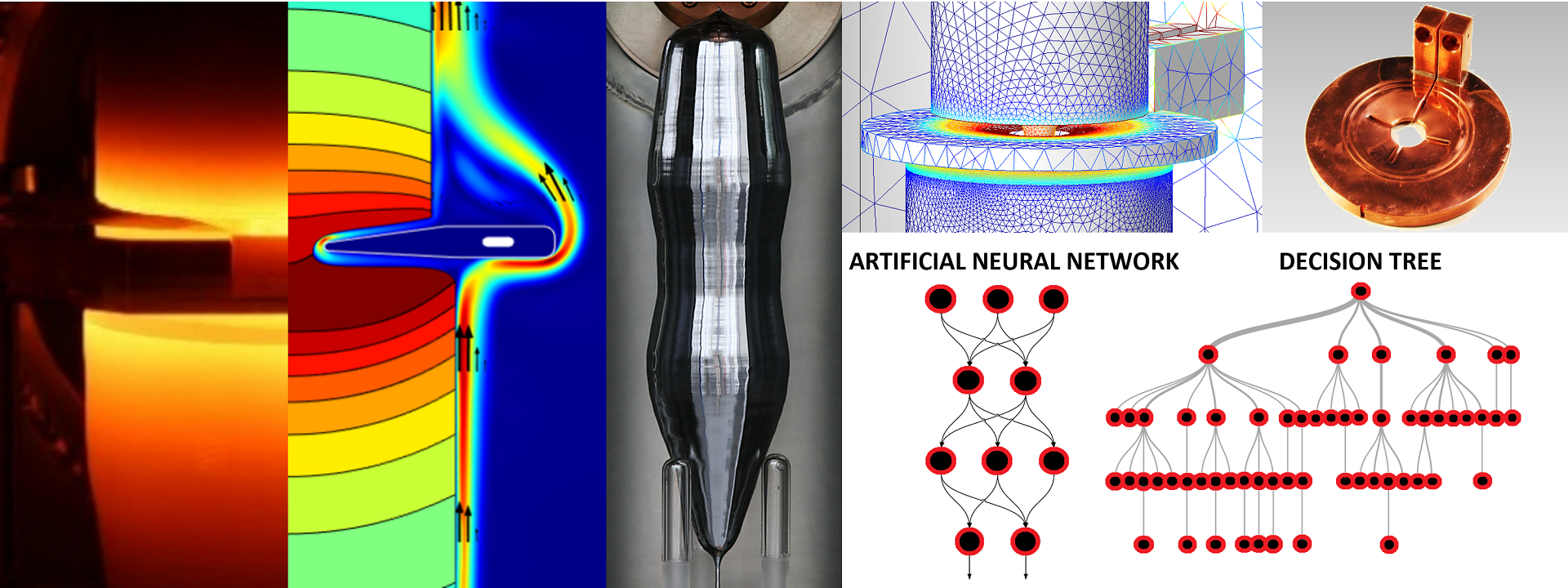
Contact
